10 Other pyramids in Egypt are not beside sphinx
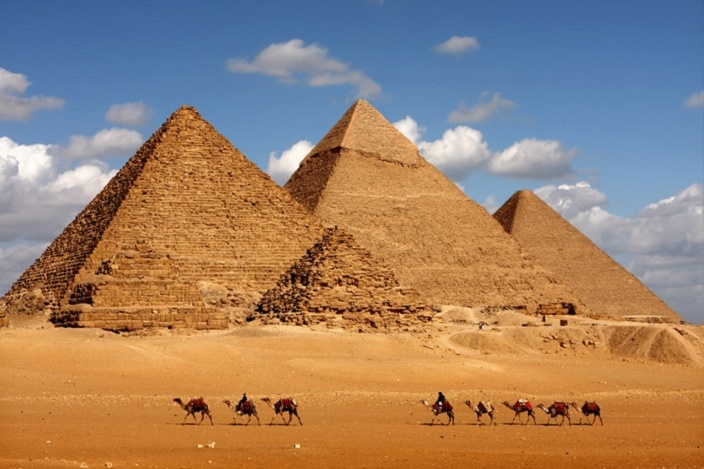
The pyramids of Giza, one of the sevens wonders of the world, both ancient and modern, are not all those found in Egypt. Some may think that Egypt's pyramids are only the three pyramids of Giza, but the scientific fact is that they are months, but not the only ones. In Egypt, more than 100 pyramids are likely to increase this number continuously with new discoveries and various excavations and excavations.
In the archeological area 40 kilometers south of Cairo, Egyptian antiquarians discovered a sixth-family-era pyramid (2345-2181 CE), and in the same year the American archaeologist Angela Miguel uncovered two sites. Thanks to satellite images provided by the Google Earth application of undetected pyramids in sucking.
The pyramids run from Abu Ruash in Giza to Hoara on the outskirts of El Fayoom. These are royal buildings built by Egyptians in 2630 AD. Until 1530 It may be listed from a graded pyramid as Zoser (36). 30 CM-2 611 CM) with a scapegoat to a tilted pyramid, and then to the known full pyramid form of pyramid. The pyramids were built to preserve Pharaoh's mummy and assist him in his journey to the afterlife and his ascent. The Great Pyramid was built by King Khufu to bury him, and the ancient Egyptians believed that the spirit of the King would continue to care for them even after they died, and then they would rise to heaven and joining a bouquet. The gods and then they can take care of the living on Earth by sending out the flood of the Nile, growth and prosperity and preventing.
During the Old State (c. 2585). C. -1640 C. The Egyptian priests and artists sculpted with hieroglyphs on the walls of the Royal Mummy's burial chamber were texts of instructions and hymns to follow in front of the gods as he moved to the other world, and spells to guard him in his afterlife. NIA, these texts are known as Pyramid Text During the era of the Old State, the large pyramids were built from stone, but over time, the pilgrimage was said. Because it was expensive, all the subsequent pyramids were built smaller than the pyramid. That's why we're in the middle (26) state. 30 CM - 1 640 CM) was built in bricks of milk made of lattes. Yen and hay. And the west), and most of the pyramids were constructed in the desert west of the Nile River, where they were left behind by Tug. The Lord of the Sun, because the ancient Egyptians believed that the spirit of the dead king left his body to travel in heaven with the sun. When the sun sets to the west, the royal spirit returns to its pyramid tomb. The entrances to the pyramids were in the middle of the north facade. There are about 100 pyramids built in a psychopath in Egypt.
Throughout nearly 1,500 years, Pyramids were constructed by 20,000- to 30,000- Egyptian workers, serving pharaohs in Ancient Egypt.
Hierarchical Groups in Egypt:
The 138 pyramids detected in length and width of Egypt can be distributed into several groups, with a number of pyramids varying in size, area and design (between the level and the runway)as we see below:
1.Abu Ruash's pyramid:
It is located in the village of Abu Ruash, centre of Kardasseh Province, Giza, 8 kilometres north of the Giza plateau, a pyramid built by King Khufu's son, .King Dajid Fr., about 2500 years old.
It is located in the village of Abu Ruash, centre of Kardasseh Province, Giza, 8 kilometres north of the Giza plateau, a pyramid built by King Khufu's son, .King Dajid Fr., about 2500 years old.
2.The pyramids of the Aryan angle
. It is located between the Giza plateau and Abu Sir, with Herman the Pyramid I constructed by King "Hur Kha Ba" of the Third Dynasty in 2670 CE, a listed but unfinished pyramid. The second pyramid is called the northern pyramid, which is also incomplete, and the name of the king who built it is not known with certainty, but the architectural features of the pyramid indicate that it belongs to the fourth family age
. It is located between the Giza plateau and Abu Sir, with Herman the Pyramid I constructed by King "Hur Kha Ba" of the Third Dynasty in 2670 CE, a listed but unfinished pyramid. The second pyramid is called the northern pyramid, which is also incomplete, and the name of the king who built it is not known with certainty, but the architectural features of the pyramid indicate that it belongs to the fourth family age

3.the pyramids of Abu Sair:
It is located in the Bedrachen centre of Giza Governorate, and has 1430 pyramids, most of which belong to the Fifth Dynasty era, the most important of which was built by the kings of the Fifth Dynasty around 2400 S.

The pyramids. It is located in the centre of Bedrachen, Giza Province. It contains 15 pyramids. The oldest pyramids in Egypt. The world dates back to the age of the Third Dynasty, about 2700 years old. Also among the most famous pyramids are the King's pyramid, the King's pyramid, the King's pyramid, the King's pyramid, the King's pyramid, the King's pyramid, the King's pyramid.
4.The pyramids of Dahshur
4.The pyramids of Dahshur
The most important of these pyramids are the "Red Pyramid," the "White Pyramid" or "Bend," constructed by King Sanfro, the first kings of the Fourth Dynasty around 2600 CE. A third pyramid called the "Black Pyramid," constructed by King Amanthat III in the era of the 12 dynasty, the Middle State, about 1860 years old, plus other pyramids of kings of the age of
.the 12 dynasty, and the 13 family in the age of the Allo State
.the 12 dynasty, and the 13 family in the age of the Allo State
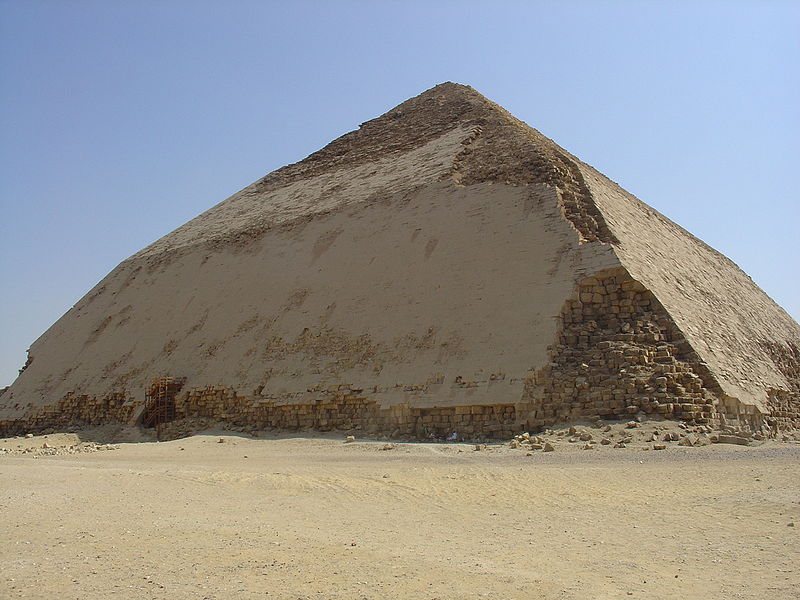
The pyramids. It is located 5 kilometers south of Dahshur, and has a group of yoghurt brick pyramids belonging to the late Middle State era, specifically the era of King Amenmatat IV and King Subk Nefro.
5.Lecht pyramids:
Located south of Giza, Herman is the pyramid of King Amenmata I and the pyramid of King Snossert I, and they return to the family age 12, around 1960.
Located south of Giza, Herman is the pyramid of King Amenmata I and the pyramid of King Snossert I, and they return to the family age 12, around 1960.

:The pyramid of Midom
It is located in the centre of Al-Wasati in the province of Beni Suef, where the Midom pyramid was built by King Honi and completed by his son King Sanfro, the first kings of the fourth dynasty, about 2,600 years old.
It is located in the centre of Al-Wasati in the province of Beni Suef, where the Midom pyramid was built by King Honi and completed by his son King Sanfro, the first kings of the fourth dynasty, about 2,600 years old.
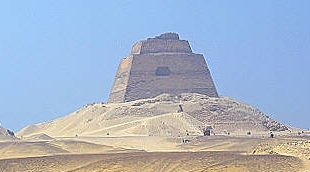
7.Hoara & apos pyramid
. It is located in the village of Huara, Fiume Province, built by King Amanmahat III, in the era of family 12 of the Middle State, around 1860.
8.The pyramid of the Lahun
. It is located in the Fiume Governorate, and was constructed by King Snossert II, the family's fourth monarch, around 1870.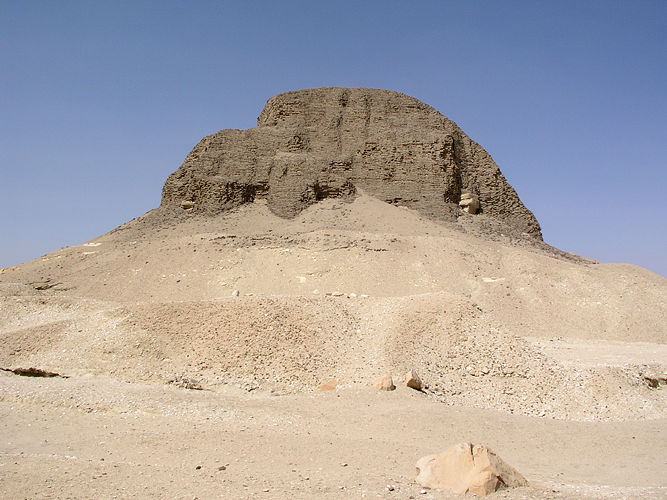
9.Pyramid of Userkaf:

built between 2494–2487 BC under the rule of Userkaf, a pharaoh of the Fifth Dynasty. Far from poetic, the local name of the pyramid, El-Haram el-Maharbish, translates directly as Heap of Stone. Userkaf does actually have a core of rubble, and the remaining materials were dressed stone. Today, the Pyramid of Userkaf is in ruin, and it looks more like a conical hill made of sand than a true pyramid.
The Pyramid of Userkaf was a structure that differed from the Fourth Dynasty pyramids, and in many ways it inspired the later Fifth Dynasty pyramids. Userkaf did retain the traditional high wall around the complex and the causeway linking one tomb to the main pyramid. However, it also introduced new ideas like a north-south axis orientation and the inclusion of a small chapel outside, rather than inside, the pyramid.
More than 1,5000 years after construction, the Pyramid of Userkaf was restored and used by Rameses II as a cemetery. In more modern history, the entrance to the pyramid was discovered in 1831, but no one actually entered the pyramid until 1839, when a tunnel was discovered that was likely dug by tomb robbers and afforded easy access to the interior.
10.Pyramid of Teti:
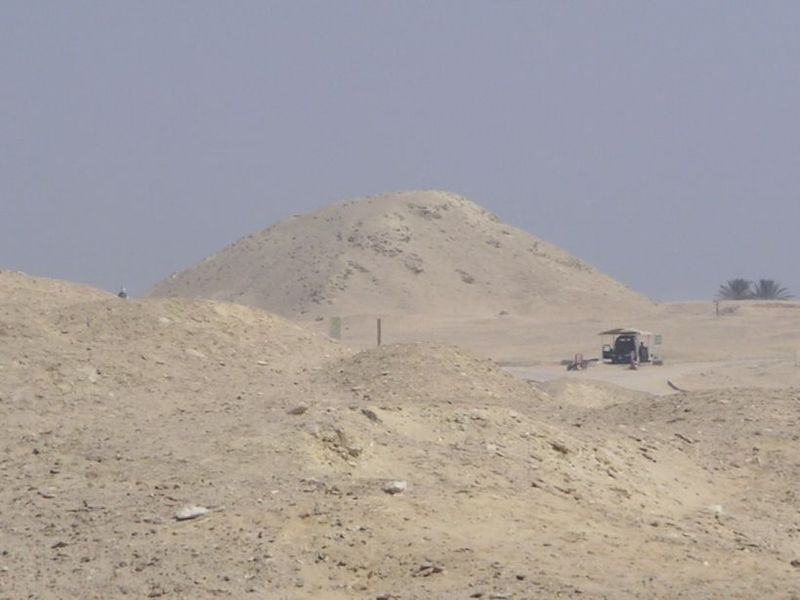
The Titi pyramid is one of the important structures in the pyramid fields of Saqqara. Built between 2345 and 2333 BC in the Sixth Dynasty, Titi was only the second Egyptian pyramid to contain pyramid texts, or magical spells written or engraved in cemetery walls. When excavated and explored in the late 19th century, it was revealed that Tete's pyramid consisted of a single main pyramid to bury the king, a funeral temple and two smaller pyramids likely intended for Queen Pharaoh Tete.
From above ground, it seems that Tete's pyramid has been completely ruined, and could even be mistaken for a small hill rather than a pyramid structure. Fortunately, the underground corridors and rooms are in much better condition and have been surprisingly preserved over time. Although the Valley Temple has been lost, you can still see the Tete Room of the Graz, the inner church with five different statues of Pharaoh Tete, the long descending hallway leading to the burial room, the funeral apartments of the Pharaoh and the pyramid texts distributed on the walls.

0 Comments